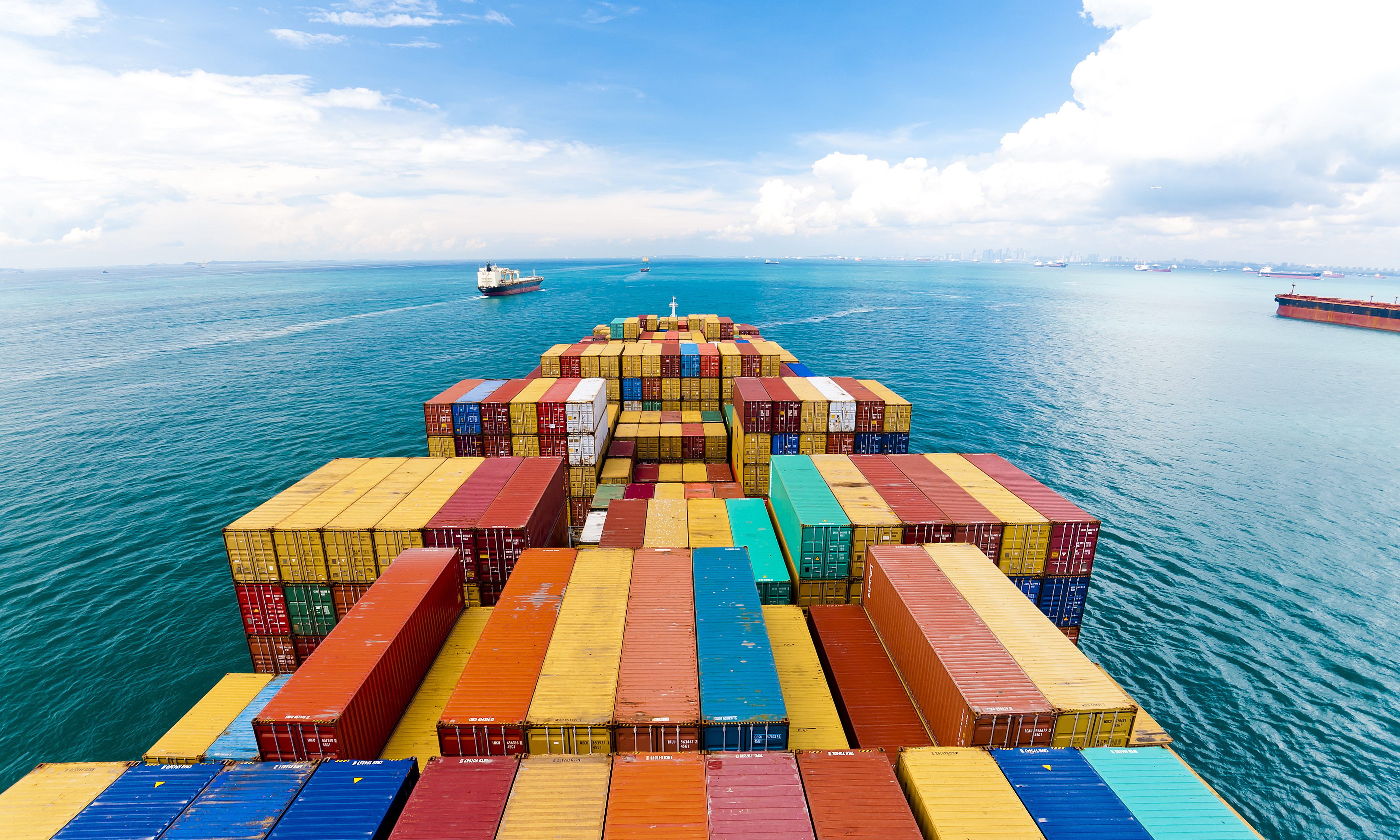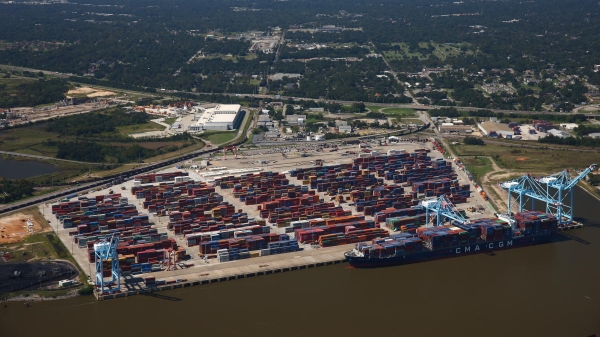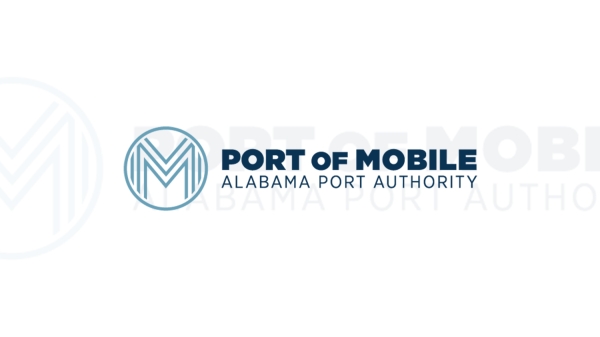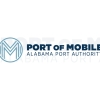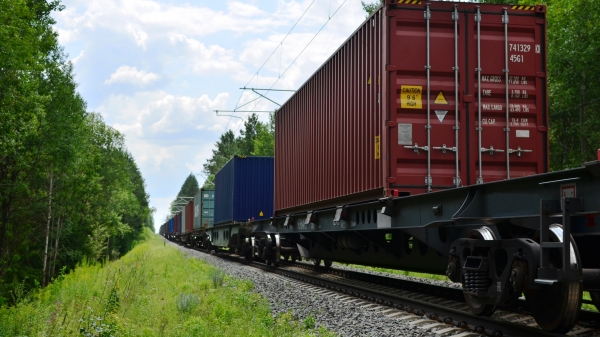Big ships are coming.
On Tuesday, the Alabama State Port Authority announced that it has received federal authorization to deepen the Mobile Harbor, allowing for much larger vessels in the Port of Mobile.
The project will deepen the bay and river channels to 50 feet and widening the bay channel by more than 100 feet for three nautical miles. The widening will allow for two-way vessel traffic.
With the federal approval, the project will now enter the design phase, which will include preconstruction, engineering and design. Actual work to deepen and widen the channels will begin in 2020.
That project will supplement two already-initiated improvement projects undertaken by the Port of Mobile over the last two years. Two separate $50 million projects expanded the terminal in the Port, meeting growth demands.
“With the completion of Phase 3 expansion, the Port and its partner, APMTerminals, will have nearly $500 million in intermodal assets to serve our customers,” said James K. Lyons, director and CEO for the Port Authority. “As demand dictates, we’re positioned to respond quickly to further expansion.”
The phase 3 expansion includes lengthening of the dock area of the port to accommodate two post-panamax size vessels and bring throughput capacity to more than 650,000 TEUs. A “post-panamax” ship is one that exceeds the limits to travel through the Panama Canal. The Canal’s locks are only 110 feet wide, 1050 feet long and 41 feet deep. (A TEU is a 20-foot area of capacity on a cargo ship — an inexact measurement based on the size and shape of a standard, 20-foot shipping container.)
The expansion of the Port of Mobile is a project that has been in the works since 2014, as the Port’s business began to rapidly increase. Funds from Alabama’s newly-implemented gas tax increase will go to support $150 million in bonds that will be used to meet the federal cost-share expenses.
Even before the expansion, the Port and the shipping companies that utilize it employ more than 130,000 people and have a greater than $24 billion economic impact on the state, according to numbers provided by the Port Authority.







































